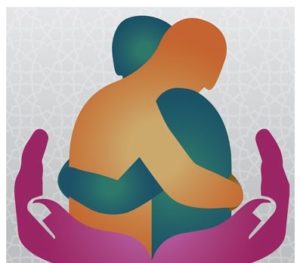Who says my fellow researchers don’t have something to say when they’re asked some questions? Wow – you all really had A LOT to say about how the past several months have been for you in response to my recent newsletter. Also, you people REALLY like lasagna. I now have no fewer than six new lasagna recipes in my possession. The past six months have certainly been a trying time for many of us. In reading through your responses to my post, I noticed numerous commonalities:
Webcams dominate. Those of you who are qualitative researchers – and have had some work – report that all of it has been online. No surprise there. In addition, very little of it has been online bulletin boards; nearly all has been webcam interviews and groups. You’re also uniformly unenthusiastic about the possibility that online will continue to be nearly 100% of your work indefinitely. I share this feeling; I love face-to-face research, and very much look forward to getting back to it.
Keeping busy is a challenge. Filling the days is a struggle. And yet, at the same time, the days go by with tasks still undone.
Few of us seem to be sleeping well. Many are experiencing some combination of waking up too early, sleeping too late, turning in too late, or just generally sleeping poorly.
There’s a lot of self-described hypochondria out there. Several of you said that every sneeze, sniffle or throat tickle throws you into a panic.
You’ve learned new skills. Knitting, fly tying, kite-making, tree grafting, tire balancing, and bread making are among the many. At least one of you has learned to drive!
Everybody seems to be thinking a lot about cooking. However, while some report having gotten better at it, others express frustration at not having improved.
We all seem to be worried about children – our kids specifically. We’re concerned about them going back to school, their overall health, lack of socialization and long-term future. Many of you report seriously rethinking your kids’ diet and exercise regimens.
There’s a lot of political angst out there. Does this surprise anybody? People all over the political spectrum are worried about the future, and fervently express the hope that we’ll all learn how to get along better.
You people want to hit the road. You really want to go someplace. ANYPLACE. None of you seem to be feeling picky. In fact, a few of you mentioned that you’re planning to take some very long car trips soon, something you wouldn’t have considered in the past.
Quite a few of you – at least 20 – have made Rich Family Summer Lasagna to universally positive reviews. At least one of you has made it twice – I’m looking at YOU, Jeff!. Two of you reported making the Summer Moussaka – also a winner.
I’ve also had a number of good conversations with people about hot- and cold-weather soups. Now that it’s starting to feel like fall here in Central NJ, it’s probably time for mushroom soup. I’ve posted a recipe we like in a link at the end of this post. As we move into the cooler weather, all of these recipes should prove most useful.
Thanks so much to all of you who shared your thoughts. I look forward to seeing as many of you as possible in person soon.


